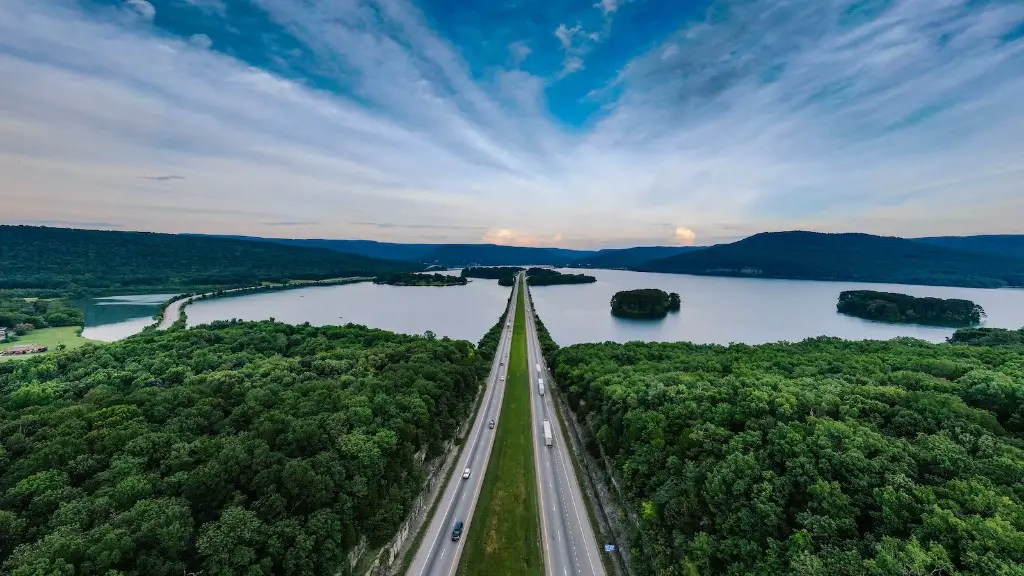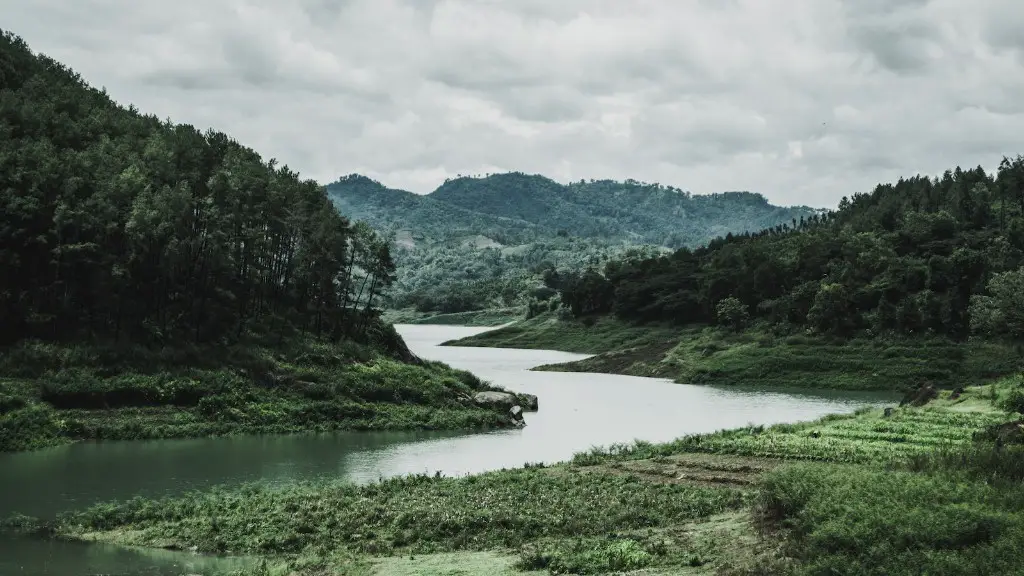Are Yangtze River dolphins extinct? It is a question that has haunted many environmental enthusiasts in recent years, due to the imminent threat of their extinction. To answer this question, it is essential to consider the factors that have caused this species to drastically dwindle in population size.
The Yangtze river dolphin, also known as the Baiji, is native to the Yangtze River and has been around for at least 20 million years. Sadly, populations of these dolphins began to plummet in the late 1950s, when commercial fishing operations and irresponsible human activity began to take its toll on the species. Due to the presence of heavy boat traffic, introduction of industrial pollution and unsustainable harvesting of fish and other aquatic species, the dolphin populations began to suffer.
The pace of their decline accelerated during the final years of the 20th century. By 2006, a survey conducted by researchers revealed that no surviving dolphins were spotted in the 6,200 km length of the Yangtze River. The survey revealed that the entire species had virtually disappeared from the river.
Since then, there has been much debate and discussion, among environmental activists, conservationists and oceanographers, as to the fate of the species. Some argue that the species may have gone extinct completely, while some are still holding out hope that a small population of dolphins, may have escaped the human activities and still survive somewhere in the river.
One thing is certain: the fact that the Yangtze River dolphins were driven to extinction due to human negligence and activities cannot be denied. Experts point out that the dolphins were likely driven to extinction, owing to the high incidence of overhead electric cables, fishing nets and water pollution, which all posed a direct threat to the survival of the species.
The need of the hour is to take concerted efforts, to prevent further species of aquatic wildlife from sliding down the path of extinction. Steps must be taken to protect fish stocks, clean up pollutants and impose strict guidelines to regulate commercial fishing operations and boat traffic in rivers, lakes and oceans.
Conservation Efforts by Chinese Authorities
The Chinese authorities have taken some serious measures to protect aquatic wildlife, in the wake of the Yangtze River dolphin’s extinction. The authorities have imposed restrictions on fishing, motorized boat traffic and water pollution, in an attempt to bring back species diversity in the river. Environmentalists welcome these moves, stating that they can act as potential catalysts for the rehabilitation of species diversity in the Yangtze River.
In addition to this, the Chinese government has set up the Baiji Conservation Project, which serves to monitor the state of the Yangtze River and its aquatic wildlife. The project also works with fishermen and local communities, to educate them about the need to protect the aquatic life of the Yangtze River.
Despite all these efforts, the question of whether the Yangtze River dolphins are extinct, or still surviving somewhere in the river, continues to remain unanswered. The environmental community is anxiously looking forward to the results of the project, in hopes of new breakthroughs in the investigation of the fate of the species.
Possible Solutions
The tale of the Yangtze River dolphin is a stark reminder that mankind needs to act decisively to protect its aquatic habitats, before it is too late. There is definitely a need to introduce a set of rules and regulations, to safeguard aquatic life from further demise.
Additionally, rapid advancements in the fields of marine conservation and technology should be utilized, to protect vital aquatic habitats from further damage. It is widely acknowledged that stronger, effective protective measures can help counteract the threats posed to these species, due to irresponsible human activities.
In the end, it is the responsibility of the international community, to take the necessary steps, to protect its species from extinction, before it is too late. For now, the fate of the Yangtze River dolphins remains unknown; however, this tragedy is certainly a wake-up call, that no species is entirely shielded from the effects of unsustainable human activities.
Ability of Dolphins to Adapt
Apart from the issues discussed above, it should also be noted that their ability to adapt or evolve to the interference created by humans is also a factor in their future conservation. Scientists have been researching extensively on how genetic and behavioral changes can form a platform to alter the fate of species, especially those that are endangered or critically endangered.
Recent studies have shown that dolphins possess the capacity to adapt to altered conditions in their natural environment. Like many other species, dolphins appear to show an ability to learn and adapt to behavioural cues in their environment and this can open up possibilities for them to survive in adverse conditions too. Scientists suggest that introducing new techniques and technologies can help, not only in saving a species from extinction, but also for managing the habitats of their natural environment.
According to experts, even if small pockets of the Yangtze River dolphins have survived, it may not be possible for them to sustain in the long run, if their environment and resources remain susceptible to human activities. Research has shown that dolphins cannot simply adapt to such an environment and need to be given sufficient protection, stewardship and conservation efforts, if they are to survive.
International Responsibilities
The need of the hour is to work together, to ensure that endangered and critically endangered species, like the Yangtze River dolphins, are safe from harm. International cooperation and joint efforts can go a long way in helping to protect the lives of these endangered species, which are so vital to the overall ecosystem. In this regard, China has taken a lead by mobilizing various conservation and research initiatives towards the protection of the Yangtze River.
More recently, the Chinese government and the World Wildlife Fund have come together for the conservation of Yangtze Finless Porpoises and other aquatic species, which are facing extinction in the Yangtze River. This collaboration has proved to be extremely beneficial, in terms of introducing necessary proactive measures, which can help protect these species from man-made damage.
It is encouraging to note that the international community is taking the onus upon itself to protect aquatic wildlife, in the wake of the extinction of the Yangtze River Dolphin. It is hoped that with closer monitoring and regulation of human activities in the Yangtze River, it will be possible to bring back the species back from the brink of extinction.
Public Knowledge and Awareness
The issue of species extinction is a global one and thus, there is a need to spread awareness regarding this matter, both in local communities and on a global scale. Increased public knowledge and awareness of the dangers of human interference in the natural environment can greatly aid the cause of conservation and protection of aquatic life in the Yangtze River and other waterways around the world.
Environmental education can play a major role in this regard. More importantly, it is essential to find ways in which local communities can be made more aware of the need to respect and protect the fragile habitats of endangered species, such as the Yangtze River dolphins. It is important to note that knowledge and awareness of environmental issues can bring about a much-needed change in attitude towards nature.
In conclusion, it is safe to say that it is not too late to save aquatic species in the Yangtze River, if appropriate steps are taken, on the part of the international community. However, the matter will require collective effort and collaboration, from the local communities, governments, conservationists and the public at large, if further species from sliding down the path of extinction.





